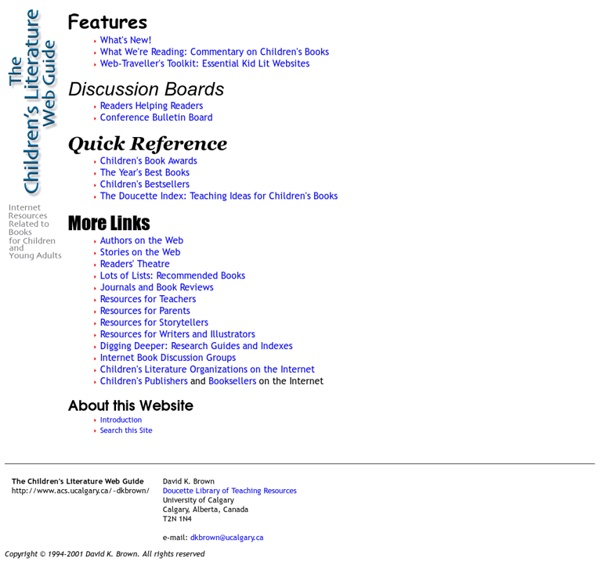



All Reviewed Books Search Our Site Subscribe to our Free Email Newsletter.Sign Up! Advertisements: In Times Past an eBook by Carol Hurst and Rebecca Otis Integrating US History with Literature in Grades 3-8. Enliven your US History curriculum! Teach US History using great kids books. More Info By Carol Otis Hurst!! Rocks in His Head. Pick up your copy of Carol's Award Winning Picture Book! More Information. You can help fund this site at no cost to you! All About Adolescent Literacy | AdLit.org To Read or Not to Read! Creating a Book Talk What is a Book Talk? A book talk is like a short T.V. commercial, advertising a book. The goal is to get the reader interested so they want to read your book! How to Give a Book Talk • Look at the audience • Speak loudly so all can hear. • Talk about the characters, the problem in the story, or some interesting information. • Read a small part of the book to interest the readers To Prepare: • Choose a book that you think others would like! • Read the book so that you are comfortable sharing what you know about it. • Practice! Here’s a list of activities that allow a student to show understanding of a book and that might be enjoyable. Activities to use for Book Talk Project: 1. 2. 3. Activities to use for Book Talk Project:
Scholastic, Helping Children Around the World to Read and Learn | Scholastic.com Teach Code in 2015 Use your role as a teacher to expose the youngest students to America's hottest career path. Watch the short video to learn why. Resolve to teach just a little code before the last day of school because: 1. You don't even need a computer! Code.org uses "unplugged" tutorials that teach the basics of computer science without a digital device. 2. Code.org offers fun workshops, with resource giveaways, for teachers of students from kindergarten through fifth grade. 3. Code.org visitors can make Elsa and Anna of Arendelle create intricate snowflakes with a little math and blockly (beginner code), help an Angry Bird get the pig, or code their ownFlappy Birdgame to play on a smartphone or any digital device. Want more easy coding activities? 4. Use your influence for just one hour (try a math or science period) between now and the end of the school year to make even the youngest kids creators of technology, rather than just consumers!
Interactive Learning Sites for Education - Home Manifesto for 21st Century Teacher Librarians | Teacher Librarian Editor’s Note: This article was originally published as a Tag Team Tech column on www.voyamagazine.com. It has been reprinted and reproduced numerous times and in many places. We are making it available here to ensure that all of our readers have seen it. Manifesto for 21st Century Teacher Librarians By Joyce Kasman Valenza October 2010 A couple of summers back a young school librarian, fresh out of library school, asked a very honest question at one of our state retreats: We’re all doing different stuff. Well into the 21st century, it is clear that the concept of modern teacher librarian practice is not clear. What I know for sure is that if the Joyce who graduated from library school in 1976 (and again with a school specialty in 1988), heck, if the Joyce from the 2007/2008 school year, were to visit my library today, she would be stunned by the differences in my/our practice. And in my humble opinion some aspects of emerging practice are nonnegotiable. Reading Information Landscape 1. 2. 1.
What Is Creative Commons, And Should You Use It? While writing out your next academic paper, you look online for various images which are appropriate for what you’re talking about. Once you find something you like, you simply copy and paste it because, hey, who’s stopping you? More than likely, doing this is technically illegal. Not only that, but it applies to most content that you can find online — including posts/articles and videos. To make things easier on both content creators and consumers, Lawrence Lessig created the suite of Creative Commons licenses, a set of copyright licenses which clarify what you can do with content licensed with one of those licenses. So, how can finding Creative Commons-licensed material to use keep you legally safe? What Makes It Illegal? Whenever you find an image (or any online content, for that matter), there’s a good chance that it either:has a license which forbids you to use ithas no license at all Use a Creative Commons License! Video Credit: Creative Commons Aotearoa New Zealand Conclusion